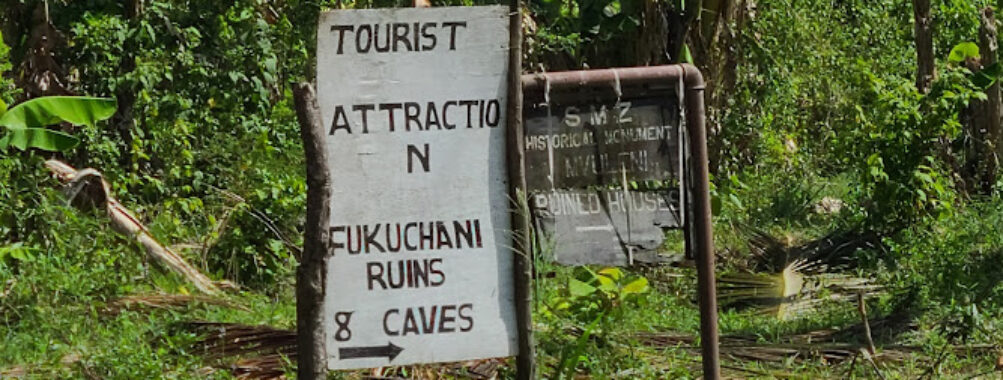
Fukuchani Ruins & Cave
Table of Contents
Description
Let me tell you about one of Zanzibar’s most fascinating historical sites that often flies under the tourist radar. The Fukuchani Ruins & Cave complex tells an incredible story of the island’s rich trading past. I was absolutely blown away when I first visited – there’s something magical about standing among these ancient stone walls that have witnessed centuries of history.
The ruins, dating back to the 14th and 15th centuries, showcase the remarkable architecture of the Swahili civilization. But what really got me excited was learning about how this site served as both a trading post and a settlement. You can still see remnants of the old mosque, which honestly gave me goosebumps thinking about the countless prayers that must have echoed through these walls.
Key Features
• Ancient mosque ruins with distinctive Swahili-Arabic architectural elements
• Well-preserved limestone walls that showcase medieval construction techniques
• Natural cave system with fascinating rock formations
• Archaeological evidence of early settlement patterns
• Stunning ocean views from various vantage points
• Historical trading post remnants
• Traditional Swahili house foundations
• Ancient pottery fragments scattered throughout the site
• Indigenous plant species growing among the ruins
• Unique photo opportunities where nature meets history
Best Time to Visit
From my experience, the ideal time to explore Fukuchani is during the dry seasons – June through October or December through March. The morning hours, particularly between 7 AM and 10 AM, offer the most comfortable temperatures and best lighting for photography. I’d definitely suggest avoiding the rainy seasons (April-May and November) since the paths can get pretty slippery and the cave area might be less accessible.
How to Get There
Getting to Fukuchani isn’t exactly straightforward, but that’s part of the adventure! You can catch a dalla-dalla (local minibus) from Stone Town heading north towards Nungwi, but you’ll need to tell the driver to drop you at the Fukuchani junction. From there, it’s about a 15-minute walk to the site. If you’re like me and prefer more comfort, hire a taxi or arrange a tour through your hotel. I’d recommend combining this with other northern Zanzibar attractions to make the most of your journey.
Tips for Visiting
Look, I learned some of these the hard way, so let me save you some trouble! First off, bring plenty of water – there aren’t any shops nearby and it can get pretty hot. Wear sturdy shoes because you’ll be walking on uneven surfaces (my flip-flops were definitely a mistake).
Bring cash for the small entrance fee, and consider hiring a local guide – they really know their stuff and can share stories you won’t find in any guidebook. I almost missed some amazing details until my guide pointed them out.
Don’t forget your camera, but be respectful of any local residents you might encounter. The site isn’t as developed as some other tourist spots, which is part of its charm, but that means no restrooms or visitor facilities.
Oh, and here’s a pro tip: pack some snacks and maybe a picnic lunch. There’s this perfect spot overlooking the ocean that makes for an incredible lunch break. Just remember to take all your trash with you – we gotta keep this beautiful place pristine for future visitors!
Early morning visits tend to be less crowded, giving you a better chance to really soak in the historical atmosphere. And if you’re into photography like me, that’s when you’ll get the best lighting for those Instagram-worthy shots.
Trust me, the Fukuchani Ruins & Cave might not be as famous as some other Zanzibar attractions, but that’s exactly what makes it special. It’s one of those places where you can still feel like you’re discovering something authentic and untouched by mass tourism.
Location
Places to Stay Near Fukuchani Ruins & Cave
Find and Book a Tour
Explore More Travel Guides
No reviews found! Be the first to review!